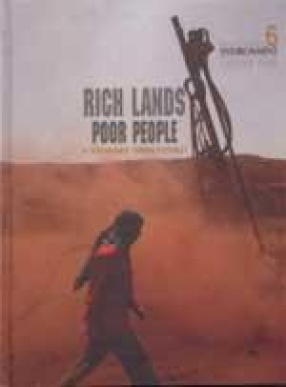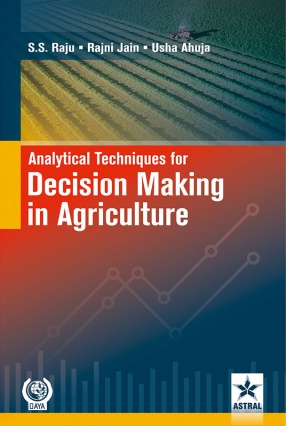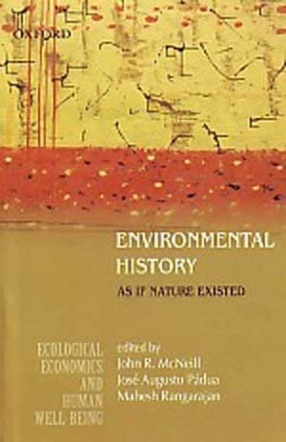The mineral map of India is one that will gladden any potential investor: vast tracts of territory, overlying massive, rich–and some entirely untapped–deposits a of minerals like coal, iron, bauxite, manganese and chromite. For investors, these hold promises of unimagined wealth' for the land's lawmakers, these constitute the very pillars of their idea of the 'Modern State'. Prospecting and extraction, with each group helping the other, could be a cakewalk. What queers the picture is a small truth which has remained elusive, ignored or misunderstood over the years: these minerals lie under the same lands which hold most of India's biologically-diverse forests and water systems. What's more, the nation's poorest, most marginalised people inhabit these lands, its riches. The land and its resources give these people their means of sustenance. The people, a large majority of whom are tribals, have lived in this symbiotic bond for centuries. Minerals, however, are essential for a nation which stands poised on the threshold of a promising future, and must be extracted. Which means the land, its resources and its people must make way for the miners. Enamored by the mining industry's promises of progress, Indian planners and lawmakers have accomplished this with clinical and brutal precision. Forests are razed, waterways polluted and clogged, farmlands transformed into wasted tracts, and mining dust hangs heavy in the air. As for the people, they are summarily evicted, with little promise or prospect of compensation or rehabilitation.
Rich Lands, Poor People: Is ‘Sustainable’ Mining Possible?
State of India's Environment: A Citizens' Report
Book: 6In stock
Free & Quick Delivery Worldwide
reviews
Bibliographic information
Title
Rich Lands, Poor People: Is ‘Sustainable’ Mining Possible?
State of India's Environment: A Citizens' Report
State of India's Environment: A Citizens' Report
Author
Edition
1st ed.
Publisher
ISBN
8186906422
Length
iv+355p., Illustrations; Col. Maps; 29cm.
Subjects





There are no reviews yet.